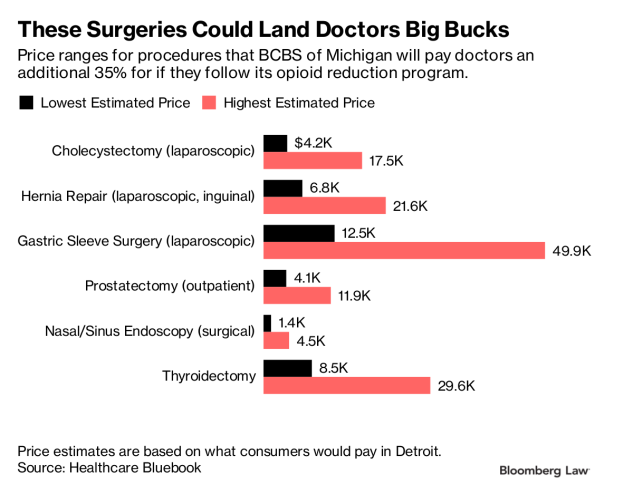Why Alcohol Misuse May Be the Forgotten Addiction
In recent years, Americans have begun, justifiably, to recognize the complex public health problem of opioid misuse and associated overdose deaths as a national crisis. Unfortunately, as is often the case when a tidal wave of worry about a particular health issue engulfs the nation, other similar concerns are often swept out of public consciousness.
Take alcohol misuse, for instance. Although alcohol arguably presents a greater threat to public health than opioid misuse, it has in many ways been overlooked in the recent national conversation about substance use disorders.
Alcohol misuse occurs when a person drinks in a manner, situation, amount, or frequency that could cause harm to that individual or those around them. The data and statistics on alcohol misuse paint a clear picture of the continual threat alcohol poses, both in the United States and internationally.
In the U.S. alone, one in 10 deaths among working-age adults are due to alcohol misuse, and more than 88,000 people die from alcohol-related causes each year — making it the third leading preventable cause of death.
Alcohol misuse costs the U.S. nearly $250 billion per year in health care and criminal justice expenditures, lost workplace productivity, and other costs. Meanwhile, in 2016 an estimated 14.6 million American adults had alcohol use disorder.
Alcohol use disorder encompasses a range of symptoms with varying severity, from mild disordered use to addiction. Despite its prevalence and impact, only a fraction of individuals with this disorder seek or receive professional help, and fewer still receive behavioral therapies or medications that have been demonstrated effective through rigorous scientific research. In part this is because patients and their families don’t know the range of treatment options available, and don’t know how to search for treatment providers who offer good-quality care.
Some might be scared away from seeking help, because they believe that it means having to “go away to rehab” or “quit drinking altogether, forever.” In fact, there is a broad menu of evidence-based treatment options accessible online and in person to facilitate different drinking goal choices and aid in decisions about quality of life, whether it is to reduce alcohol or stop completely. Some individuals will need life-saving, medically supervised “rehab-style” detoxification, stabilization, and to abstain completely. Others may be able to moderate their drinking at home, with the help of family and friends.

The point is, finding out more about the variety of available options may surprise many people, and help them begin to consider and make healthier changes regarding their alcohol use.
The National Institute on Alcohol Abuse and Alcoholism (NIAAA), the world’s largest funder of scientific research on the health effects of alcohol, as well as the diagnosis, prevention, and treatment of alcohol misuse, recently released an Alcohol Treatment Navigator. Designed for family members seeking to find care for a loved one with alcohol use disorder, the Navigator spells out what they need to know, and what they need to do, to find good-quality treatment that meets their specific needs.
The tool highlights five signs of quality to recognize — such as what credentials to look for in a qualified treatment provider and what specific types of counseling they should offer — signs that are consistent with scientific research and expert consensus on what constitutes quality care.
Other national nonprofit organizations, such as Facing Addiction, have also recently released tools to help individuals self-identify potential problems with alcohol use, and to help provide resources for individuals to find local care and treatment.
The more informed consumers are about their treatment options, the more likely they may be to reach out for help, and to have successful outcomes.
Learning to ask questions about treatment providers’ credentials, experience, therapeutic approaches, and costs is imperative regardless of the form of treatment being sought.
For family members, too, there is often a grave and enduring unpredictability that accompanies a loved one’s alcohol problem. There are now evidence-based options that can help partners and family members get the help they need for themselves, as well to help their loved one more effectively (e.g., the Community Reinforcement Approach and Family Training or “CRAFT” model).
While the tragedy of so many opioid overdose deaths continues to grab the headlines, it is easy to forget the many more millions of people and their family members impacted by alcohol use disorder. For these individuals, this disorder — especially in its most severe form, addiction — cannot be forgotten.
Now, more than ever, however, there is an array of evidence-based treatment and recovery support options available — at the click of a mouse, at the end of a phone, or through an office door.
Resolving an alcohol problem, whatever its impact, is very possible; in fact, very probable. Research has shown that most people suffering from an alcohol problem can and do recover. Also, just like many other disorders and diseases, the earlier someone begins to seek help, the shorter the time to remission. The important thing is to get started; do something positive, sooner rather than later.
Filed under: General Problems | 2 Comments »
























